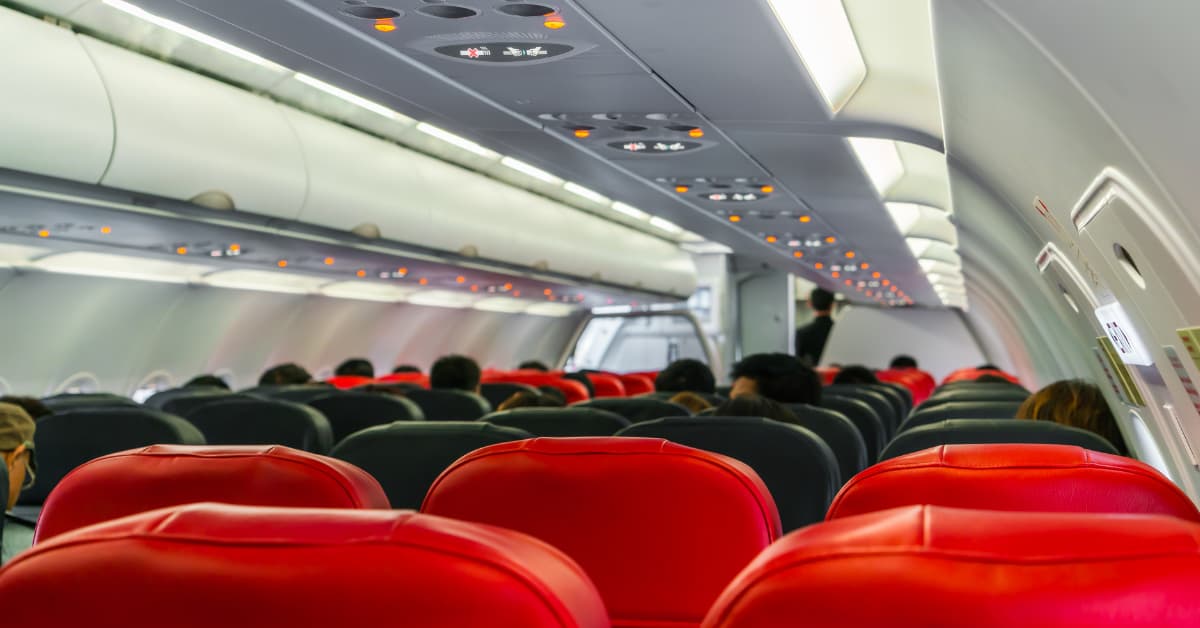In-flight comfort is a recurring theme when it comes to commercial aviation. There are always jokes, anecdotes and stories about the discomfort of airline seats. “The seats are cramped”, “the rows are too close together” or “I couldn’t even get up” are all recurring phrases for travellers flying in economy class.
These problems are nothing new in the sector, but if we add COVID safety measures to the lack of space, we find that alternatives must be sought for the organisation and design of aircraft interiors.
One of the ways to expand space and allow more comfort for its passengers is to increase the size of the aircraft. Boeing and Airbus have long since presented their proposals for double-decker aircraft (Boeing 747 and Airbus A380) that would increase both the number of passengers and their level of comfort.
Another proposal for a double-decker interior is that of designer Jeffrey O’Neill. Like a bunk bed, two people would share a row, but one on top of the other. This would allow more privacy and space without airlines having to compromise on passenger numbers.
Even so, there are ways to improve passenger conditions without making major structural changes to aircraft. Italian company Aviointeriors, which specialises in designing and producing cabin seating and interiors, came up with a proposal to create social distance while improving comfort and privacy in the seats.
Its design consists of inverting the middle seat. This reversal of the direction of the middle seat would allow each seat to be individualised, facilitating separation between seats while maintaining aircraft capacity.
The same company also proposed a seat design similar to cinema seats. These seats would fold down when no one is seated, which would improve passenger mobility.
One of Thomson Airways’ proposals to improve the in-flight experience for its passengers is to create a social seating area with space for four to six passengers. This space is designed so that one row faces the other with a table in between, allowing for interaction between passengers.
Another more futuristic proposal comes from Factory Design. The company plans to introduce individual “cocoons” for sleeping instead of seats. These special seats are designed to make better use of the interior of the aircraft cabin, but they require a considerable investment, so for the moment it is a long-term bet.
Commercial aviation is becoming more affordable, allowing more people to travel. In the long run, aircraft manufacturers and airlines will need to adapt their designs to this growth in demand, which should go hand in hand with optimising space and improving the flying experience for passengers. What is clear is that no matter how comfortable an aircraft is, the most comfortable thing is the safety offered by a good pilot.
It now remains to be seen whether these innovations do not clash with flight safety guidelines and can obtain the necessary certification to be implemented on aircraft manufacturers’ assembly lines. Time to time…
